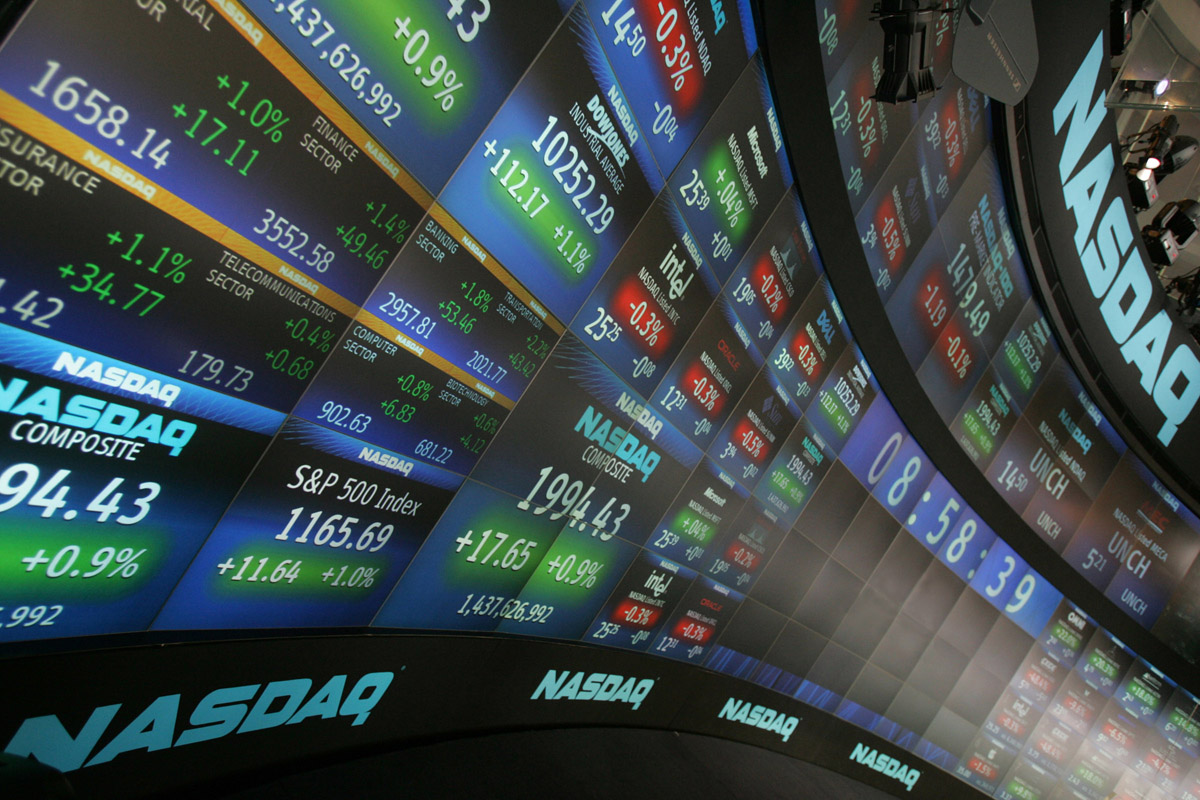Major Events of Last Week
Global equities finished the week on a high note last Friday incited by growing speculation that the US Federal Reserve will now desist from hiking its benchmark interest rates until this coming December at the very earliest. A prominent Fed spokesperson endorsed this viewpoint by advising that interest rates must be increased gradually since substantial risks still exist that could quickly plunge the US economy into recession, if caution was not adopted. The primary US indices weakened last Friday typified by the Dow Jones Industrial Average falling by 82 points; the S&P500 inching lower by 7 points and the NASDAQ dropping 23 points.
Spurred on by a dovish Fed decision to keep interest rates unchanged, traders opted to increase their risk appetite late last week. Janet Yellen, the Fed Chairperson, encouraged this bullish sentiment even further by explaining in a speech last Wednesday that additional rate hikes were now definitely on the cards in order to prevent high levels of inflation and stop the US economy from overheating. She also stressed that a prolonged period of low interest rates had been crucial in sustaining a bullish stock environment.
The Fed hike rates during last December for the first time in practically a decade. Still then, the US Central Bank has constantly implied that it would hike again during 2016 but has refrained from doing so to date because of geopolitical concerns, weak inflation and sluggish US economic growth. After the Fed held its September monetary policy meeting last week, analysts are now favoring a 60% chance of a hike during the last month of 2106. However, they did warn that disappointing US economic data or excessive market volatile could readily derail this prediction. As such, traders must now carefully monitor all future Fed speeches and statements in order to glean vital insights into the precise timing of the next rate increase.
The US Central Bank did issue concerns about the long-term health of the US labor market last week. For instance, a number of committee members stated that the US unemployment rate could decline to below 4.5% within the next four years. However, they then advised that this level may not be sustainable over the long-term irrespective of what supportive policies are implemented. They concluded by warning about the perils of such conditions as an excessively low unemployment rate could ultimately fuel a new recession. Notably, three Fed voters disagreed with last week’s ‘no-change’ verdict producing the largest number of dissenters since December 2014. Eric Rosengren, Loretta Mester and Ester George were all in favor of an interest rate hike.
Take advantage of this week’s market preview with one of the best brokers that we’ve reviewed like AnyOption. Trade from as little as $1 with our tried and tested brokers with the lowest minimum deposits in the market.
What to Expect This Week
Mario Drahi, the President of the European Central Bank, is scheduled to deliver an important speech on Monday. Investors will be keen to learn if he will signal the need for additional quantitative easing in order to counter sluggish European economic growth and Brexit fears. The USA will then present a key statistic from its housing sector. ‘New Homes Sales’ for August is expected to slump from its previous print of 0.654 million units.
On Tuesday, the USA will publish a spate of economic indicators. A major ‘Home Price Index’ should remain steady at 5.1%; Purchasing Managers’ Index (PMI) for the service sector should continue to expand by beating its previous reading of 51 while ‘Consumer Confidence’ is predicted to weaken.
The USA will disclose its ‘Durable Goods Orders’ for last month on Wednesday. This parameter is notoriously unpredictable in nature and is forecasted to register a significant decline this time around.
On Thursday, the USA will reveal the latest update of its Gross Domestic Product (GDP) for the second quarter of 2016. Analysts will be hoping that this prominent indicator will be revised higher from 1.1%, annualized, in order to provide fresh proof that the US economy is starting to gain traction after an insipid first quarter. The USA will also release its ‘Jobless Claims’ for the previous week, ending 25th September, which should once again confirm that the number of Americans filing first claims for unemployment benefits continues to remain within the longstanding range of ‘240k to 290k’.
Janet Yellen, the Chairperson of the US Federal Reserve, will then attract worldwide attraction on Thursday by delivering a speech which could provide clarification about whether US interest rates will be hike rates in December. China will complete the session by issuing major inflationary data for this month. PMI for the manufacturing sector should rebound back into expansionary territory by posting a value above its critical 50 mark.
The Eurozone will post its ‘Unemployment Rate’ for August and Consumer Price Index (CPI) for September on Friday. The former should hover about its 11.4% level while the latter should record improvement by rising from 0.4% to 0.5%. Later, Great Britain will proclaim its GDP for the second quarter of 2016. A value in excess of 2.2% is required in order to confirm that the British economy is countering the Brexit storm. The USA will finish the week by divulging ‘Personal Spending and Expenditure’ for August. Analysts will be keen to discover if this data can verify that inflation is starting to advance towards the Fed’s designated target of 2%.







